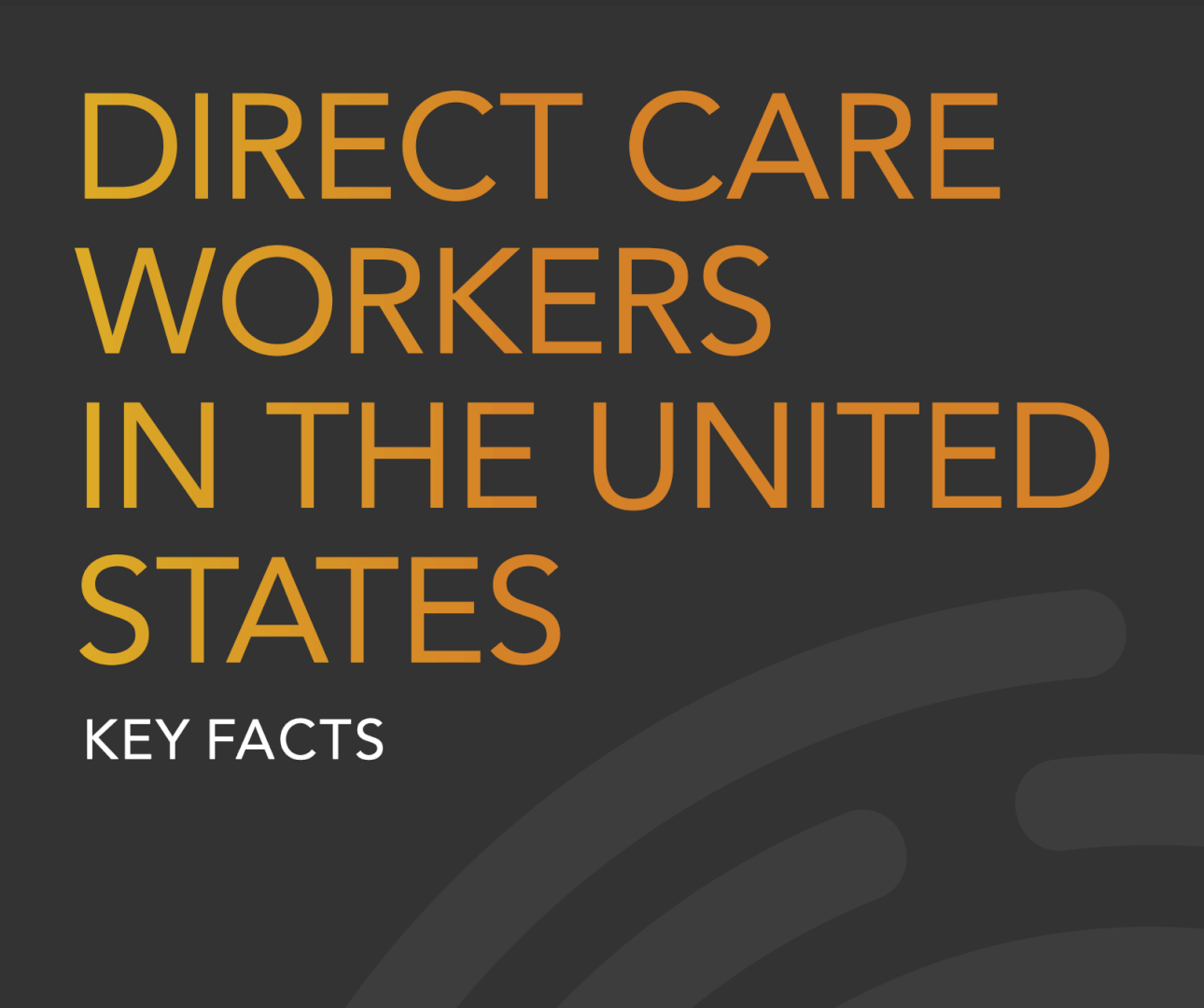Population aging is a defining trend of our times, according to the United Nations. In 2022, 17.3% […]
Despite massive industry growth, a rapidly expanding national population of older adults, and new challenges presented by the COVID-19 pandemic, direct care workers have received little recognition and minimal wage increases according to a new report from PHI, a New York-based advocacy organization for direct care workers.
The report highlights stagnant wages and challenges faced by direct care workers. These systemic factors shaping the direct care industry present both a threat and an opportunity for home care agencies supplying and training this critical workforce.
The Booming Direct Care Market
According to PHI, the direct care workforce is now larger than any single occupation in the U.S. And, of that 4.6 million-strong workforce, over half are home care workers, providing services directly in the home.
This workforce is essential as the U.S. population ages: deemed “the greying of America” by the U.S. Census Bureau, older adults will outnumber children for the first time in U.S. history in the coming years. From 2016 to 2060, the population of adults 65 and older in the U.S. will nearly double from 49.2 million to 94.7 million.
To meet the needs of this significant population shift, the caregiving workforce will expand rapidly. PHI data suggests a massive swell in direct care jobs: From 2018 to 2028, this workforce will add an estimated 1.3 million new jobs specifically in home care and residential care. Accounting for turnover, there will be a total of 8.2 million job openings in direct care by 2028.
These significant shifts in demographics and industry growth mean unprecedented opportunities for home care agencies that can train and retain home care workers at scale to meet an increasing need for qualified caregivers over the coming decades.
Wage Stagnation Costs
While demand for caregivers and opportunities for home care agencies boom, wage stagnation for this critical workforce presents a threat to the growth and sustainability of this model of care. In fact, PHI found that median hourly wages for home care workers rose by less than $1 over the past decade.
Home care workers have the lowest annual earnings of all caregivers, at $17,200. At these wages, nearly half (47%) of home care workers live in low-income households, and over half (54%) rely on some form of public assistance to supplement their income.
Despite massive industry growth, wages for caregivers remain stagnant, contributing to the systemic challenges experienced by a largely marginalized workforce. PHI reports nearly 90% of home care workers are women, three in five are people of color, and one in four are immigrants to the U.S.
Wage stagnation and poor job quality drive high turnover and widespread vacancies that undermine care quality and continuity. These consequences of wage stagnation present challenges for home healthcare agencies. However, by efficiently training and fairly compensating direct care workers, agencies can set themselves apart, and position their businesses for substantial growth in a malleable market.
Direct Care During COVID-19
The COVID-19 pandemic has shone a spotlight on the growing need for direct care workers. As the pandemic continues to devastate the country, direct care workers are manning the front lines at significant personal risk.
While we celebrate and honor the more visible healthcare professionals staffing hospitals and testing sites in the midst of a devastating pandemic, home care workers make up an army of unsung heroes providing care to the most vulnerable members of our population.
Despite the risks taken by this population, direct care workers in many settings are continuing to perform essential functions without proper compensation, hazard pay, PPE, access to sick leave, or pandemic-specific training.
Bonus: Explore our free COVID-19 Certification class for Direct Care workers
With the nation’s attention focused on our healthcare system and capacity to care for an aging population, addressing the risk and contributions of direct care workers is crucial. This unique historical moment presents an opportunity for home care agencies to fill a critical need (and expand their businesses.)
Meeting a Growing Need
Direct care workers--and specifically home care workers--represent the future of not only our healthcare system, but also a significant portion of the economy. In a rapidly expanding industry, home healthcare agencies can stand out by offering caregivers liveable wages that serve to mitigate pitfalls of low compensation like high turnover rates. Ultimately, home care agencies that invest in their caregivers will be positioned to thrive in a growing market.
Is your home care organization prepared to meet today’s challenges and opportunities? CareAcademy can help you transform your training strategy to get there. Schedule time with us today.






